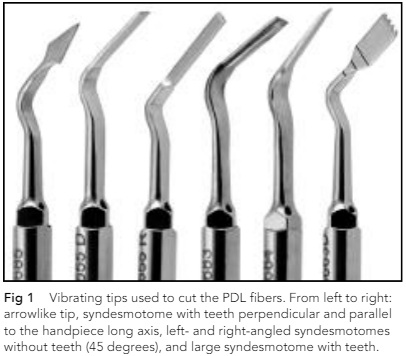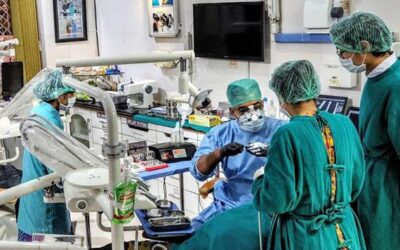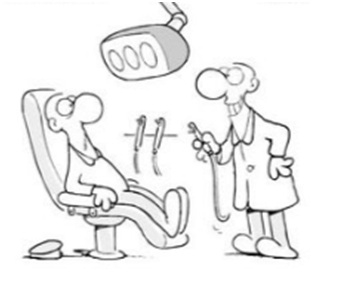
People want a perfect smile with no teeth removal during an orthodontic treatment but for every individual, treatment is planned according to their malocclusions. We have two sets of teeth, primary & permanent. When primary teeth do not fall out by a certain age & in a certain order, at times this affects the eruption pattern of permanent teeth, which eventually leads to crowding, proclination, spacing, jaw discrepancy, midline shifts, and impacted teeth. So in order to avoid above listed malocclusions, your orthodontist would advice removal of teeth either primary or permanent, based on the involvement of dentition getting affected.
Permanent teeth need to be removed for various reasons-
- Crowding:
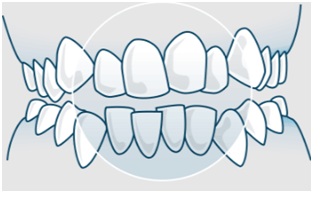
The foremost reason for extaction of teeth is crowding. When the amount of space required to align the teeth is less than the space available, either the arches need to be expanded or number of teeth need to be reduced. In cases of severe crowding, permanent teeth need to be removed in order to create sufficient space for teeth alignment. In few cases of mild to moderate crowding can be corrected with expanders & braces. Expansion of bone is limited by structure of bone, supporting tissues, facial appearance etc.
2.Proclined teeth:
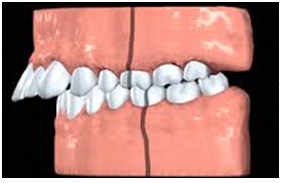
The position of lips is determined by the underlying teeth. Proclined teeth fail to form a lip seal in relaxed state. In cases of proclination, removing one or two teeth on both the sides will allow the orthodontist to move the teeth backwards to improve the lip posture.
3. Bite correction:
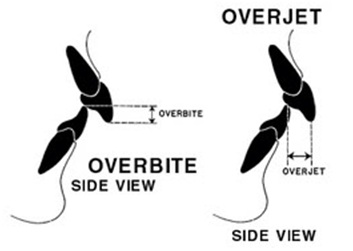
Overbite– is the distance between maxillary & mandibular anterior teeth in the anterior-posterior axis. If it is not corrected it may lead to trauma & attrition of teeth.
Overjet– is the extent of horizontal overlap of the maxillary central incisors over the mandibular central incisors. Overjet is increased as the maxillary central incisors are protruded.
So, in cases of overbite & overjet when upper & lower jaw sizes are mismatched, surgical repositioning is the ideal treatment. Small sized discrepancies eliminate the need for jaw surgery. Removal of teeth depends upon the extent of discrepancies involved.
The other reasons like- asymmetries, impacted teeth or extra teeth are also taken into account by your orthodontist for extraction of teeth. If your orthodontist recommends extractions, go according to your orthodontist because they know what is appropriate for you.
At Dr. Sachdeva’s Dental Institute, we incorporate piezosurgery in our practice for atraumatic extractions. Since, the bone has to be maintained in an orthodontic patient, piezosurgery is a relevant & predictable method for performing atraumatic tooth extraction.
Piezosurgery works in the 20- to 32-KHz range and its maximum ultra-sound power is 90 W. The tips are made of titanium alloy. There are six different tips available for adaptation to various clinical situations. The first tip is arrowlike and sharp on both sides; it was used to penetrate the PDL at the coronal aspect of the socket and start sectioning the PDL fibers. To section the PDL fibers deeper in the apical direction, four syndesmotomes were used. Two of them are straight, with teeth, and their cutting directions are parallel and perpendicular to the long axis of the tip. The other two are angled at 45 degrees (one to the right and one to the left) to better adapt to the socket’s geometry. The last tip, which also had teeth, is indicated for removal of ankylosed teeth.
